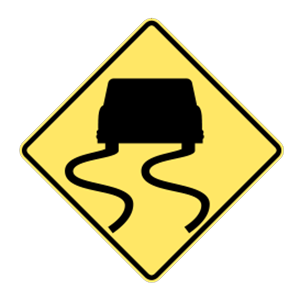2025 Vermont Signs Permit Test
The following questions are from real DMV written tests. These are some of the actual permit questions you will face in Vermont. Each permit practice test question has three answer choices. Select one answer for each question and select "grade this section." You can find this button at the bottom of the drivers license quiz. For a complete list of questions and answers for Vermont please visit https://cheat-sheets.dmv-written-test.com/en/vermont/motorcycle.
Number of Tests
Number of Question
Passing Score
111. This sign means:
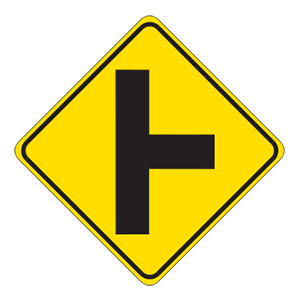
Explanation
Warning signs prepare drivers for upcoming road conditions and hazards and are usually yellow with black markings. This sign tells drivers to be aware of potential traffic entering from an upcoming side road.
112. This sign means:
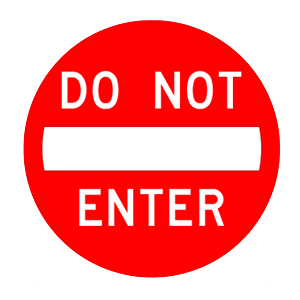
Explanation
This sign means that it is not safe for drivers to enter the indicated road or driveway from their current direction. If you come across one of these signs, you should immediately turn around and drive a different way.
113. This sign means:

Explanation
This sign indicates the presence of a pedestrian crossing. Drivers should be cautious when driving where pedestrians may be present.
114. This sign means:
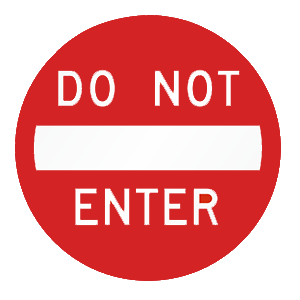
Explanation
This sign is placed at the beginning of one-way streets and ramps to indicate that you must not continue driving in your current direction.
115. This sign means:
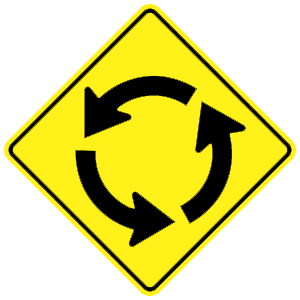
Explanation
This sign indicates that a roundabout is ahead. Enter a roundabout at a low speed and yield to existing traffic.
116. This sign is used to prevent:
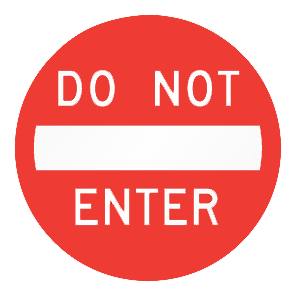
Explanation
This sign warns that a road has one-way traffic and you must not enter from your current direction.
117. This road sign means:
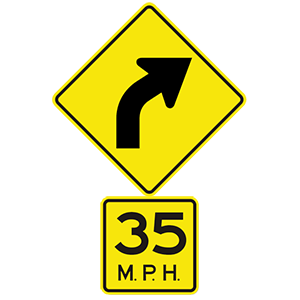
Explanation
These signs indicate that the road curves to the right ahead and that drivers should slow down to the safe speed indicated (in this case, 35 mph).
119. This sign shows one type of:

Explanation
This sign indicates that an intersection with a crossing road is ahead.
120. What does this hand signal mean?
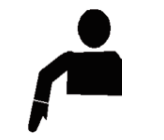
Explanation
